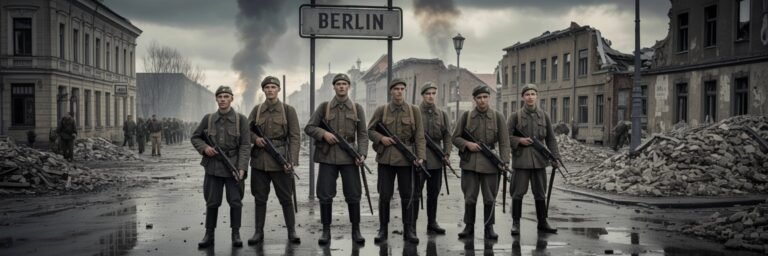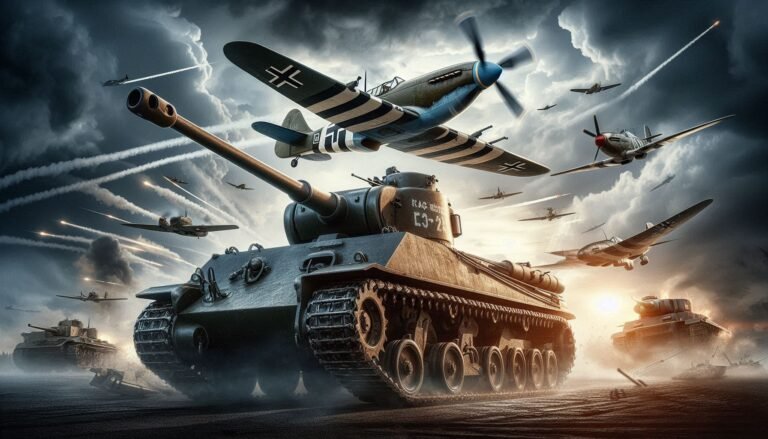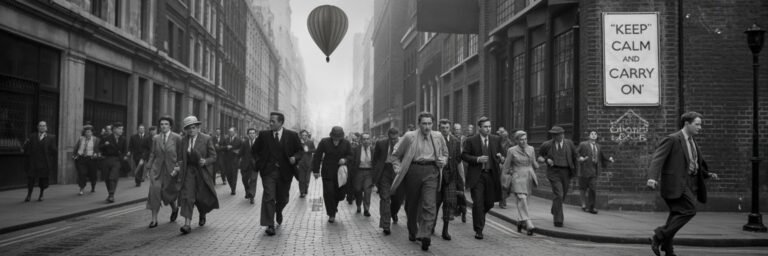INTRODUCTION
From 1939 to 1945, the global landscape was rocked by one of the most horrific conflicts it has seen, World War II. The conflict, which was initiated by aggressive expansionist policies of Germany under Adolf Hitler, spread its flames across the Atlantic and Pacific Oceans, involving more than 30 countries and leading to approximately 70 million fatalities, the highest in any war in human history. However, World War II is also intriguing for the myriad mysteries and controversies surrounding it, the interpretations, and its cultural significance—components often overlooked in traditional historical analysis.
HISTORICAL BACKGROUND
The roots of World War II can be traced back to the Treaty of Versailles of 1919, which ended the Great War, known today as World War I. The treaty imposed harsh conditions on Germany, leading to economic instability and national resentment. Utilizing this discontent, Adolf Hitler, a charismatic leader, rose to power and initiated expansive policies, violating the terms of the treaty. In 1939, Hitler’s invasion of Poland ignited the conflict, pulling the Soviet Union and the Western powers, including Britain, France, and ultimately, the United States, into a devastating world war.
THEORIES AND INTERPRETATIONS
Historians have spent decades unraveling the complex tapestry of World War II, and even today, new perspectives and interpretations continue to emerge. The orthodox interpretation remains that Hitler’s megalomaniacal desire to establish a new order dominated by the Aryan race was the driving force. However, Revisionist historians argue that Britain and France also share responsibility by failing to contain Hitler’s aggressions early on—appeasement perceived as a sign of weakness.
A more controversial theory posits that big businesses in the United States helped Hitler’s war machine, driven profiteering. While mainstream historians often dismiss such theories as oversimplification or conspiracy theories, they cannot ignore the intricate mesh of international relations, economics, and power play that contributed to the conflict.
MYSTERIES AND CONTROVERSIES
The enigmas of World War II range from the disappearance of famous personalities, secret operations, to the suspected use and development of supernatural or futuristic weapons. Among these, one of the enduring mysteries revolves around Nazi Germany’s development of advanced technology, including nuclear weapons and potentially, flying saucers.
Another popular controversy is the ‘Hess affair.’ Deputy Führer Rudolf Hess’s solo flight to Scotland in 1941 allegedly to negotiate peace remains shrouded in secrecy—leading to speculations about a possible British cover-up.
SYMBOLISM AND CULTURAL SIGNIFICANCE
Culturally, World War II has had a profound global impact. The war, symbolizing the extreme potential for human destructiveness, initiated a movement towards international cooperation—leading to the establishment of the United Nations.
Art, literature, and cinema have often used war as a backdrop to comment on the human condition. Works like Joseph Heller’s Catch-22 and Kurt Vonnegut’s Slaughterhouse-Five illuminated the absurdity and trauma of war. In pop culture, symbols like Rosie the Riveter celebrated women’s significant contributions to the war effort, challenging traditional gender roles.
MODERN INVESTIGATIONS
Recent decades have seen renewed interest in exploring World War II’s mysteries. New technologies like sonar mapping and DNA testing have aided investigations into unresolved issues like the disappearance of Flight 19 over the Bermuda Triangle, or the mystery surrounding Swedish diplomat Raoul Wallenberg’s fate, celebrated for saving thousands of Jews in Hungary.
Numerous high-profile Nazi war criminals escaped justice, leading to post-war Nazi-hunting missions and various international legal proceedings. The tracking down of Adolf Eichmann in Argentina by Mossad agents in 1960 highlights these ongoing efforts.
LEGACY AND CONCLUSION
World War II’s legacy is far-reaching. Its end led to a changing geopolitical landscape, giving rise to two superpowers—the U.S. and the Soviet Union. This resulted in the Cold War, setting the stage for the political dynamics of the second half of the 20th century.
The war also witnessed horrifying genocides, changing our perception of humanity. By presenting the shocking realities of the Holocaust, it led to significant developments in human rights laws and sparked worldwide movements to prevent such atrocities.
Despite the wealth of information available on World War II, countless mysteries remain, underscoring the importance of continued historical enquiry. These unresolved questions serve as a humbling reminder of our continuing struggle to fully understand our past and its profound impact on the present, and the future. As we peel back the layers of World War II, we not only shed light on historical truths hidden in the shadows of war and conflict, but also gain invaluable insights into the enduring human quest for power, peace, and progress. The importance of understanding World War II thus extends far beyond mere historical curiosity—it is a necessity in our endeavor to build a more tolerant and peaceful global society.






